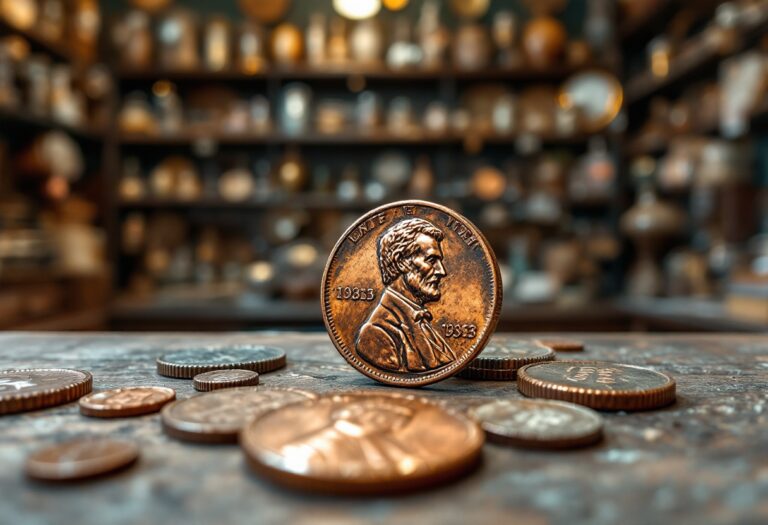A Tain antique shop's discovery leads to the authentication of a supposed rare penny.

Topics covered
The discovery of a supposed rare penny
In a surprising turn of events, a customer at the Cheeky Highlander antique shop in Tain brought in a coin that he believed to be a rare 1933 penny, potentially worth over £200,000.
This discovery sparked excitement and curiosity, leading the shop owner, Marcus Salter, to seek expert authentication at the Royal Mint Museum in Wales. The anticipation surrounding the coin’s authenticity was palpable, as both Salter and collector David Boothby prepared to unveil the results of the analysis.
Expert analysis reveals the truth
Upon arriving at the Royal Mint Museum, Salter witnessed professionals utilizing a spectrometer to examine the penny’s composition. The analysis revealed that the coin did not fit into the two common categories of forgeries typically encountered. One type involves altering a legitimate 1935 penny, while the other presents a counterfeit that appears genuine but feels off to the touch. Experts meticulously compared the coin against an authentic 1933 penny from the museum’s collection, heightening the suspense as they awaited the final verdict.
The disappointing verdict
As the results were disclosed, the email from the Royal Mint Museum confirmed the worst fears: the penny was indeed a counterfeit. The museum’s representatives noted that many supposed 1933 pennies are merely altered or modified versions of other coins, and this particular piece was classified as one of the better counterfeits. The email detailed discrepancies in the coin’s specifications, including incorrect weight, diameter, and composition. Furthermore, the artistic elements of the penny, such as the engraving quality and design features, did not align with those of genuine Royal Mint coins.
The historical context of the 1933 penny
The 1933 penny holds a unique place in numismatic history. Due to an oversupply of pennies in circulation that year, the Royal Mint did not produce additional coins for general use. However, a convention mandated that complete sets of coins from that year be buried under the foundations of significant new buildings. Consequently, only a handful of 1933 pennies were struck, with estimates suggesting that no more than six or seven exist today. This rarity contributes to the allure and value of genuine 1933 pennies, making the discovery of a counterfeit all the more disappointing for collectors and enthusiasts alike.
Reflections on the experience
Despite the disappointment of discovering that the penny was a forgery, Marcus Salter expressed a sense of pride in the journey of authentication. He acknowledged the effort and expertise involved in the analysis, stating, “It’s a shame, but we came close.” The experience serves as a reminder of the complexities surrounding coin collecting and the importance of expert verification in the world of antiques. As the penny remains in the auction, it stands as a testament to the ongoing intrigue and challenges faced by collectors in their pursuit of rare and valuable coins.




